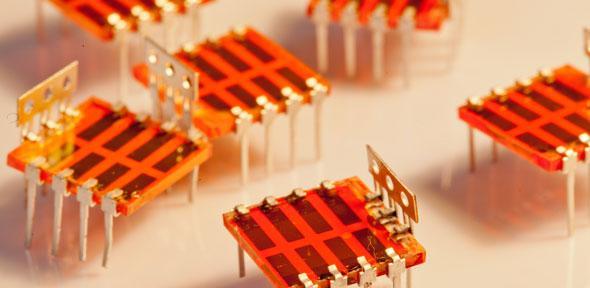
Researchers have demonstrated how a non-toxic alternative to lead could form the basis of next-generation solar cells.
The team of researchers, from the University of Cambridge and the United States, have used theoretical and experimental methods to show how bismuth – the so-called “green element” which sits next to lead on the periodic table, could be used in low-cost solar cells. The results suggest that solar cells incorporating bismuth can replicate the properties that enable the exceptional properties of lead-based solar cells, but without the same toxicity concerns. Later calculations by another research group showed that bismuth-based cells can convert light into energy at efficiencies up to 22%, which is comparable to the most advanced solar cells currently on the market.
The bismuth-based devices can be made using common industrial techniques, suggesting that they can be produced at scale and at low cost.
Dr Robert Hoye, University of Cambridge, is lead author, with Professor Judith Driscoll as Co-author of the Advanced Materials publication. Click here for the paper.

